Explorers Kevin and Mary share words and images from their journeys on the trade routes that for centuries linked China and Europe.
The veteran Into Far Lands travel bloggers offer a glimpse from their new series Silk Road Outposts.
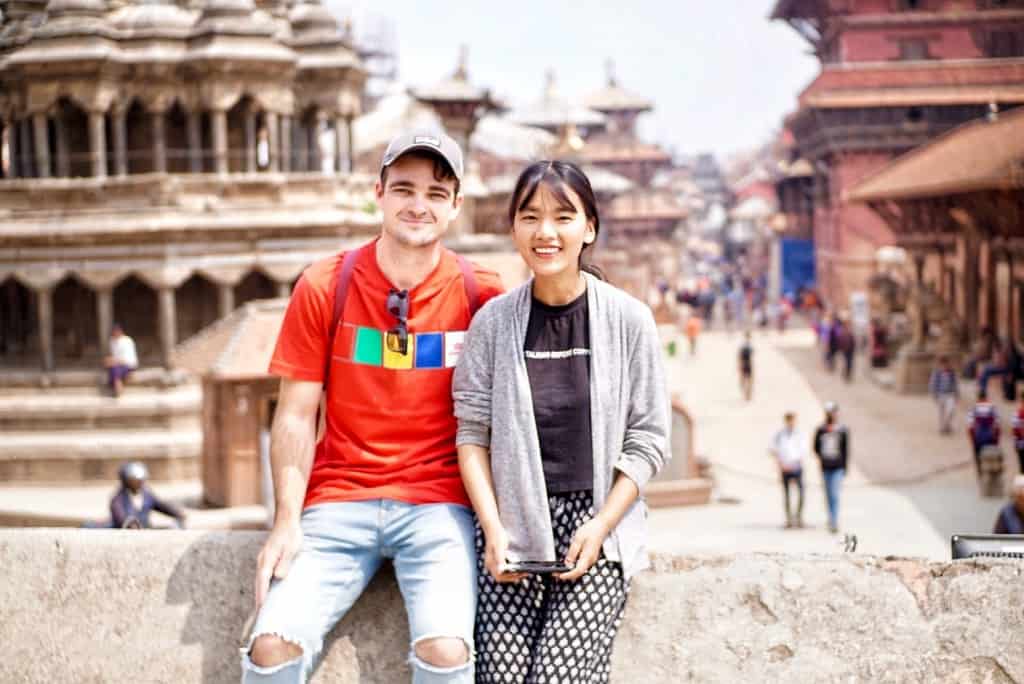
We’ve never been alone in our fascination and desire to explore the ancient tracks, towns and cities on the Silk Roads. From time immemorial this route and the riches it held even captivated Genghis Khan and Marco Polo, whose discoveries and stories revealed landscapes of diverse cultures, religions, and civilisations.

These interconnected roads were the arteries that carried information, culture and wealth for the first civilisations and became the genesis of today’s global world. It’s impossible to imagine how our societies would have evolved if merchants, nomads, nobles, conquerors and explorers had not traversed and interacted over the Silk Roads for hundreds of years.
From our Silk Road Outposts series, here are just a few highlights of the beauty of lands we crossed and sights we experienced.

Jaisalmer – India
The city appears from afar like a monument – its golden sandstone walls rise sharply from the earth like a carefully constructed sandcastle, frozen in time.
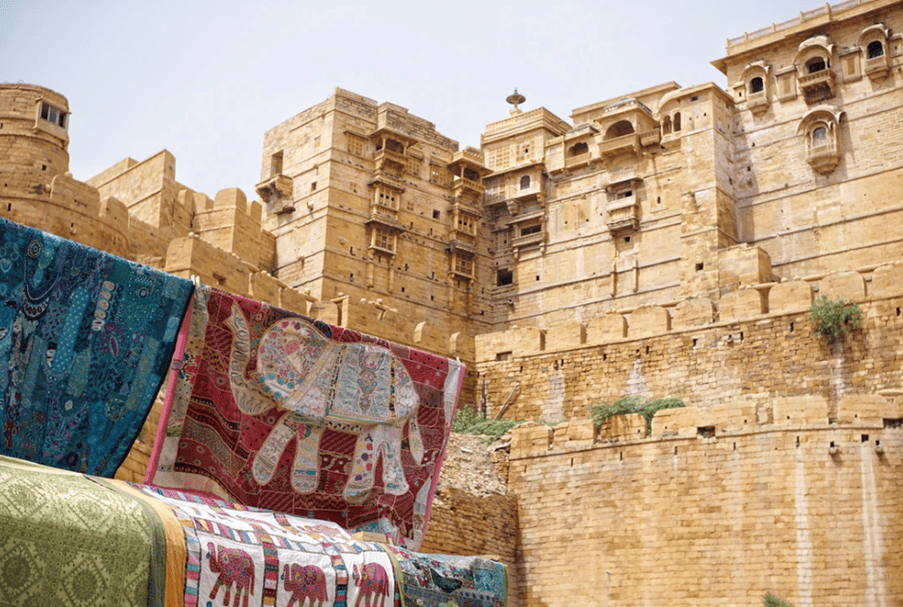
In 1155 AD Rajput Jaisal constructed the renowned Jaisalmer Fort and for centuries it served as a major crossroad for trade routes, including the Silk Road. Any caravans or traders that passed through the area were taxed on their wares allowing Jaisalmer and its governors to gain immense wealth. During the British Rule of the 1800’s the fort lost its standing in the trading route as maritime traffic became more favourable for traders. Nevertheless, Jaisalmer has survived as a major tourist destination in Rajasthan and is one of the last fort-cities in the world with a large population still inhabiting its weathered walls.
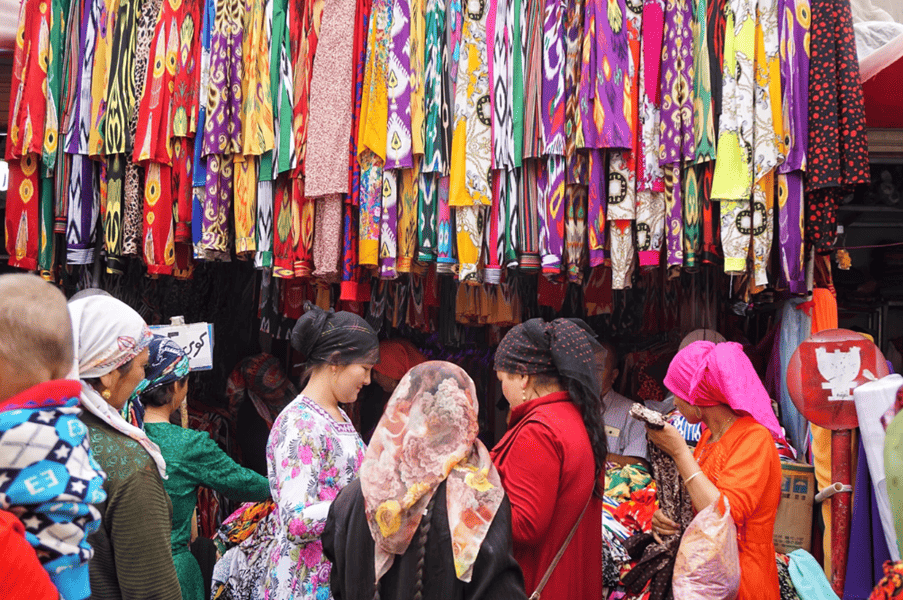
Hotan – China
An oasis town, Hotan is famous due to a precious resource that is found in abundance.
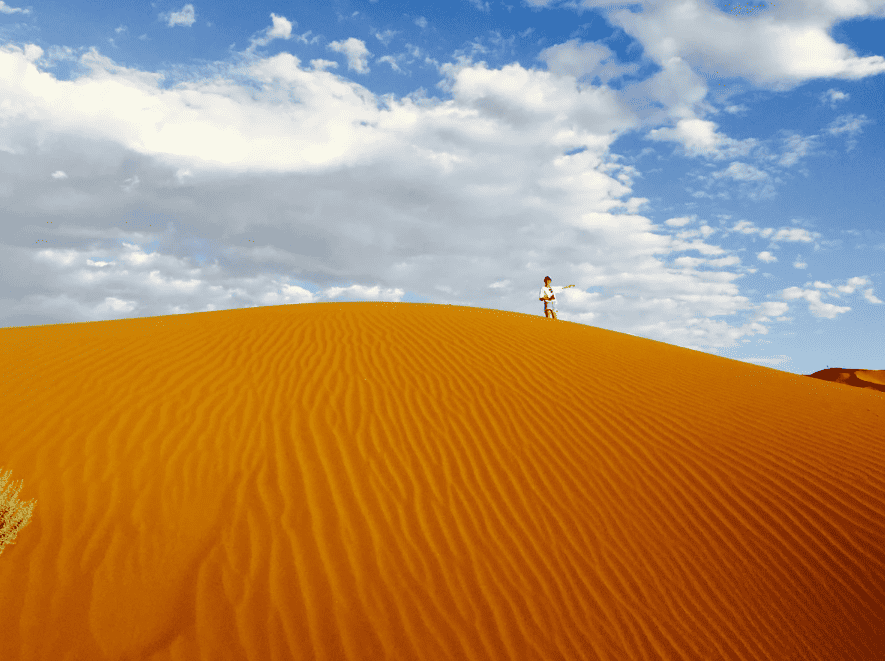
The remote village of Hotan lies on the southern edge of the Taklamakan Desert, a place that would have been forgotten if it weren’t for its valuable commodity: jade. This precious stone can be found in the sediment of the Yurungkash River which originates from the Kunlun Mountains south of Hotan.
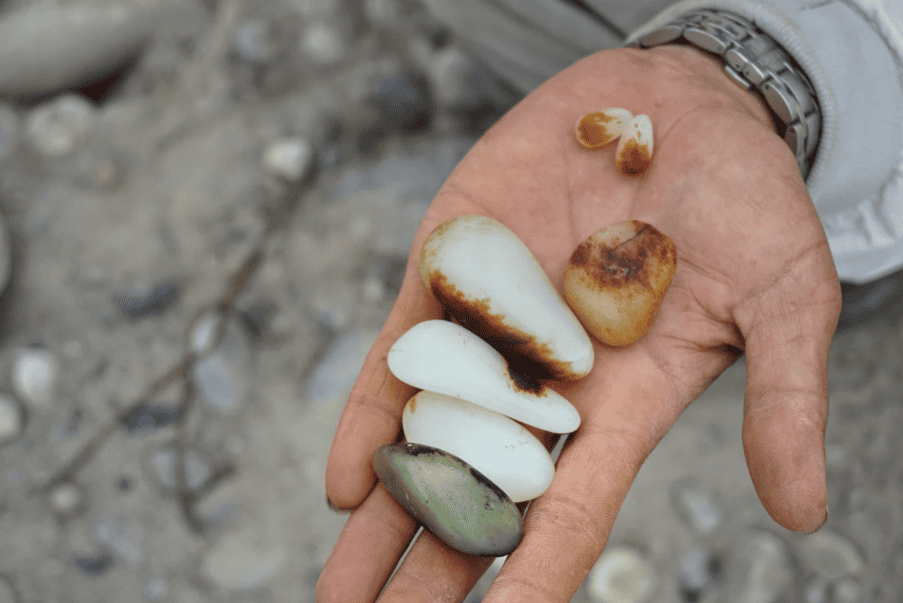
Even today, Hotan’s locals sift through various stones, hoping to stumble upon a glint of precious green stone, while on Sunday the town hosts a vibrant bazaar with many textiles, snacks, crafts, and jade (real and fake) for sale. Everyone dresses in bright, traditional garments and headwear creating a wonderful remarkable sight of people living as they have for eons – protected in this small town from the extreme terrains of glaciers to the south and desert to the north.
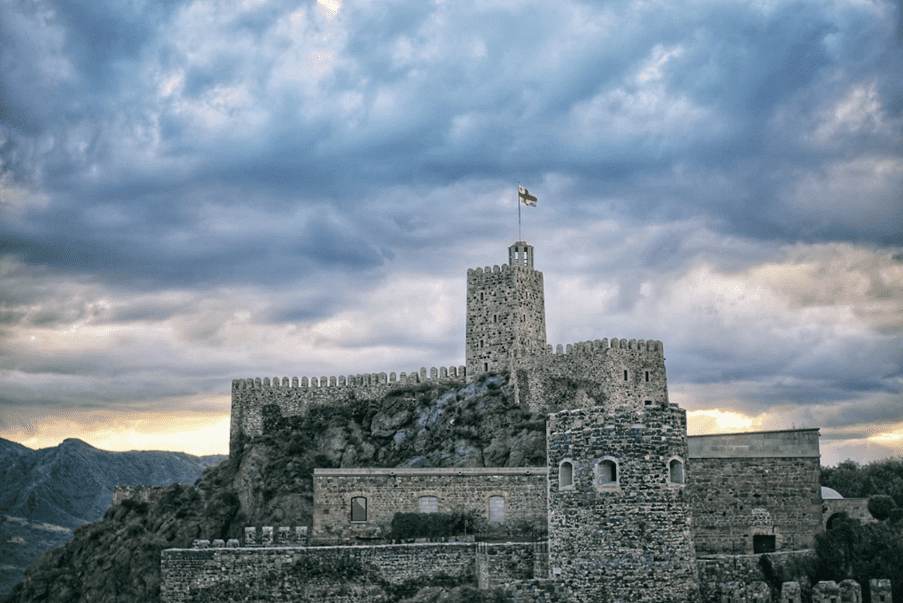
Akhaltsikhe – Georgia
Established in the 9th Century as a Christian city and then later an Islamic fortress under the Ottomans, Akhaltsikhe has a history which reflects the diverse culture of the area.
Southern Georgia is a land of lush forests and deep canyons with its past grandeur suggested by glimpses of old castles. Akhaltsikhe, meaning ‘New Castle,’ stands at the heart of this region on the Silk Roads and is most noted for the magnificent Rabiti Castle that stands guard over the city.
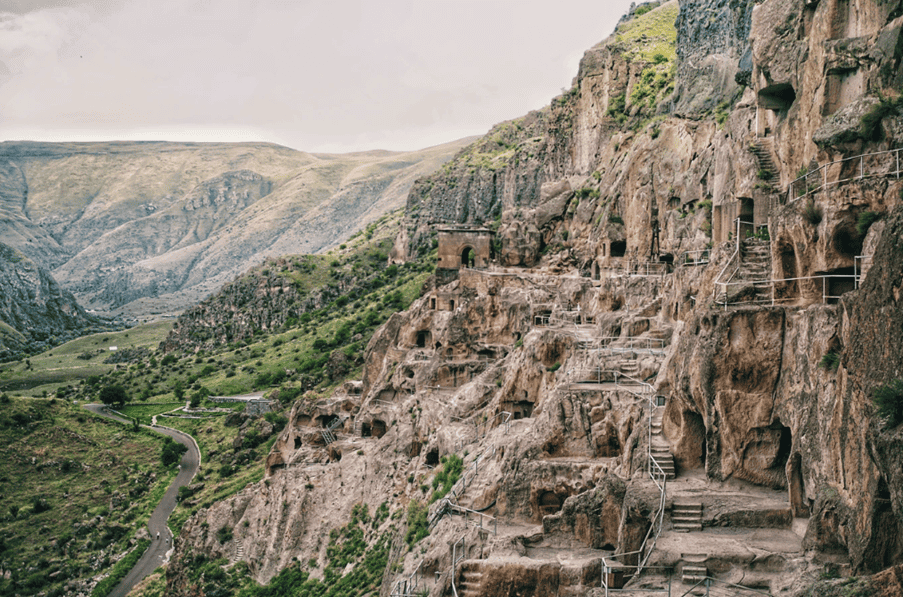
A short distance away lies the Khertvisi Fortress, thought to have been ransacked by Alexander the Great, while a few kilometres south is the Vardzia Monastery complex – an underground city carved into the rock face – commissioned by Queen Tamar in 1185 as a refuge from the Mongol invasion. After an earthquake in the 13th century, the city was mostly abandoned, although some hardy souls lived there until the 16th century.
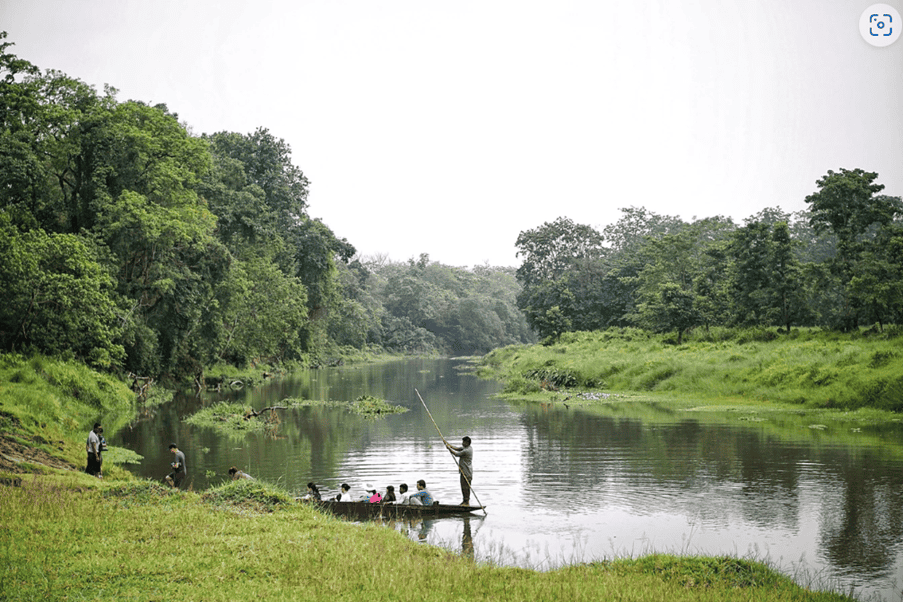
Chitwan Jungle – Nepal
The steamy lowland jungle awaits Silk Road travellers before the long and cold ascent up the Himalayas.
Between the sweeping plains of India and the lofty heights of the Himalayas lies a vast and humid jungle, home to rhinos, elephants, tigers, bears and crocodiles. In this Terai region of Nepal, a determined group of people live off and use the environment, with some making a living by helping travelers navigate the dense terrain. It was not a surprise to learn that merchants employed locals as guides as they understood the dangers of the journey through their lands in this unique part of the Sild Road network.
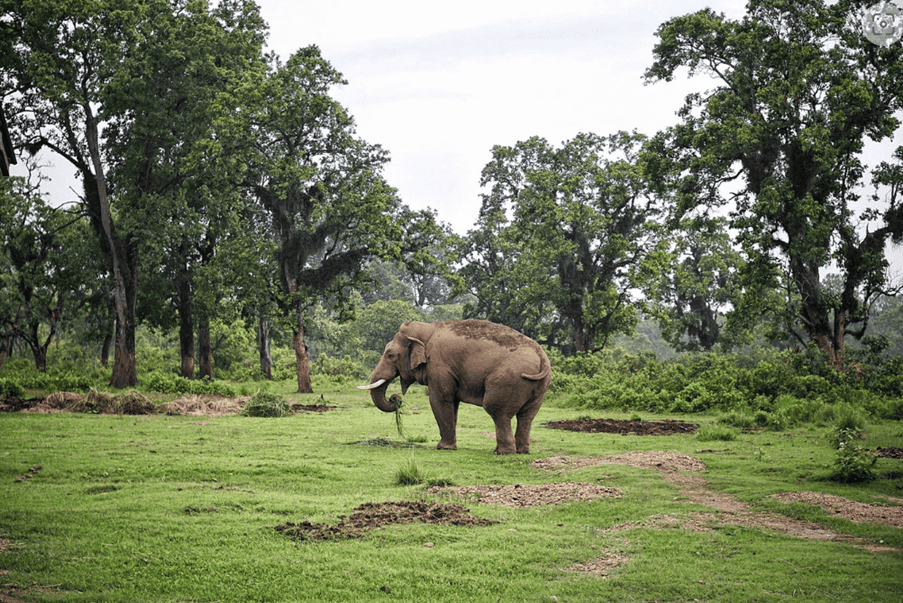
We crossed the Chitwan River in a dugout canoe and were alerted by a loud screech that a crocodile had caught a monkey and had it firmly in its jaws. On land our guides carried swords and navigated us through jungle where sounds of elephants, monkeys and rhinos fill the air. Grasses taller than us hid the danger of lurking tigers and a sudden encounter with a bear had us quickly retreating under the protection of our guides.
Chitwan is not only a beautiful and wild environment, but also a reminder that no journey in any century could be possible through this region without the assistance of locals.
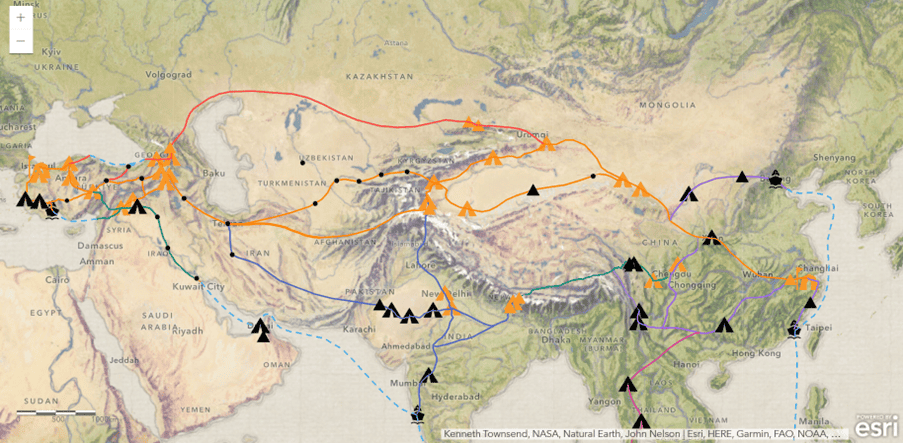
Into Far Lands – Our Legacy
Tales of our journeys across the many countries and territories are documented in our own site, Into Far Lands. We always envisaged that the stories we shared should have at their essence important central truths that have inspired us to seek out new lands and fresh experiences.
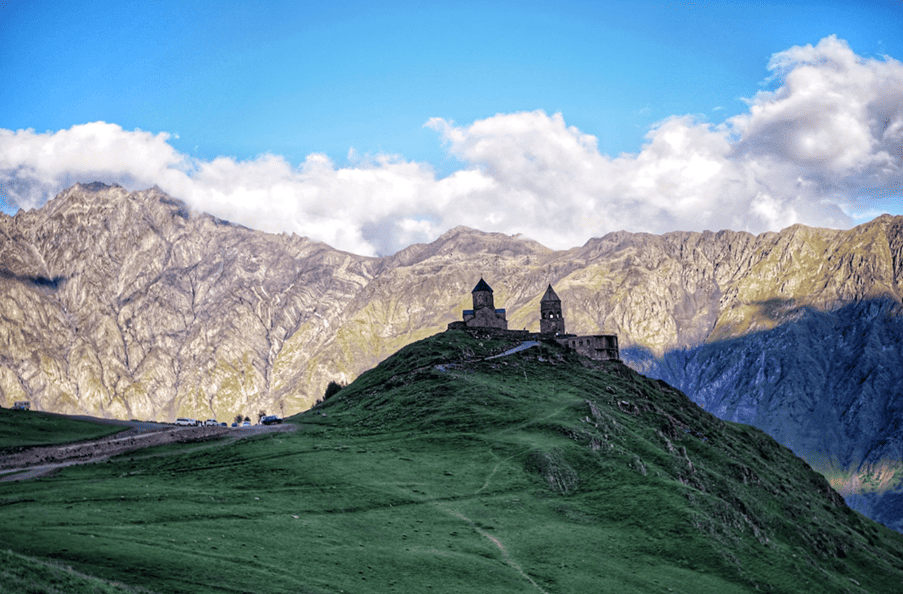
Our intent is to reflect the universal fraternity and kindness that awaits travellers in new destinations from people who were once strangers. Our most joyous experiences on our journeys have come through investment in relationships and respect for everyone we meet and interact with.
We have found absolute peace in empty grasslands, contentment over tea in a nomad’s yurt, an immense sense of satisfaction and achievement from days of Himalayan trekking and complete surprise when strangers welcomed us into their home and shared all they had.
Being happy and content is possible and may not be far away. All it may entail is stepping out your door to go on an adventure.
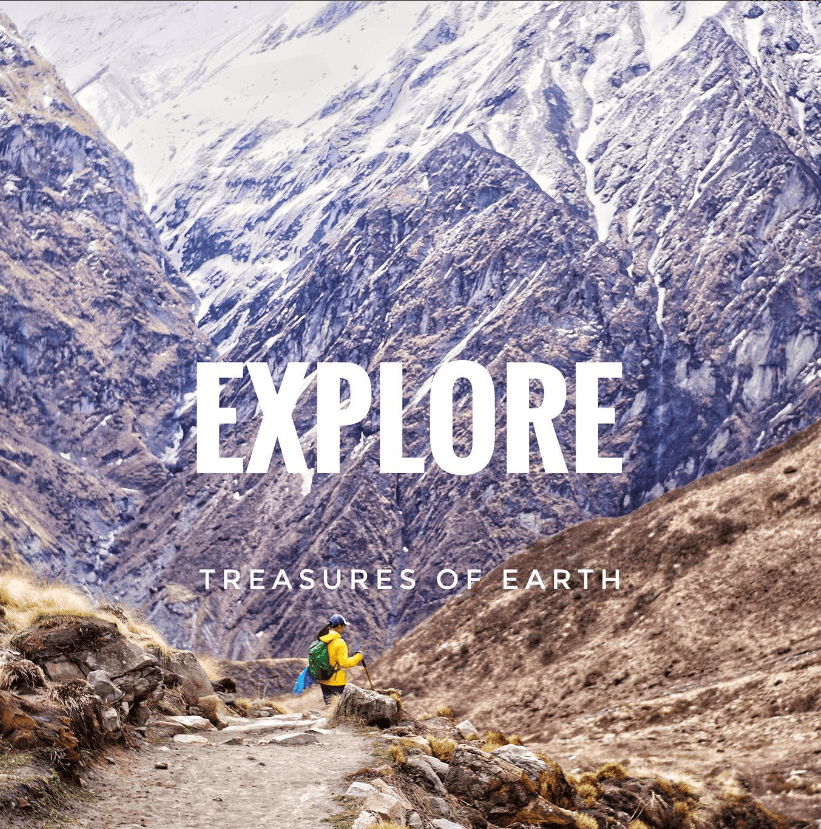
Follow Into Far Lands: https://www.instagram.com/intofarlands/








